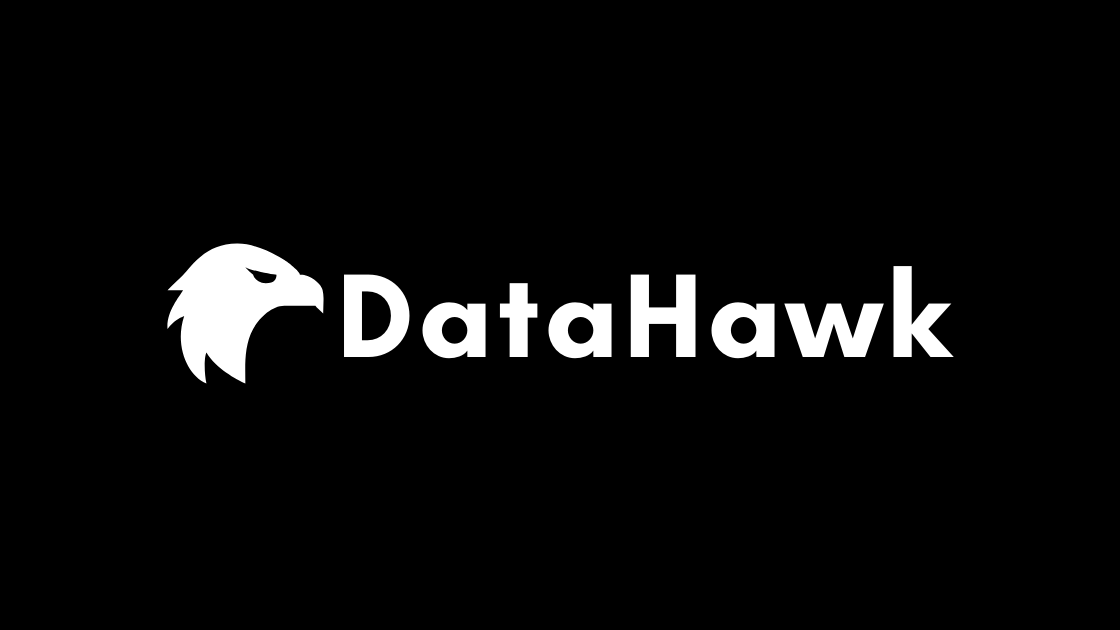BLOG
What Is Data Lineage?
Data is necessary for your business to thrive. With so much to focus on, it might feel impossible to find the time to figure out exactly how well your data is working for you.
Data is most valuable when the company understands its origins, how it got to their business, and how it moves through the company. Data lineage analyzes data sources and where they are used, so that managers know if there are any problems or inefficiencies.
Let’s look at what data lineage is and explore how crucial it is.
Understanding data lineage
Data can be traced back to its origins, and all the stops it had within that journey. This makes documenting anything easier, for instance what is being used on a day-to-day basis in every system or to fix errors.
Data lineage vs. data provenance
A record keeper for data’s historical origins, data provenance is a tool that provides an in-depth description of where this data comes from, including its analytic life cycle. The dataset’s origin has been recorded and the quality assessed by using machine learning technology.
Using data provenance helps track errors, update processes and identify sources. It also sorts data in a data warehouse and identifies audit trails for governance. Data Lineage is considered “why-provenance” and centres around the flow of data.
Data provenance provides the ability to track data, which ensures its reliability.
The importance of data lineage
Increasing data streams require new ways to sort through and manage these large amounts of information. A Data Lifecycle provides access to information, which aids in decision-making and company development.
Source tracking can facilitate error resolution. Data quality will be enhanced by knowing who made a change, how something was updated, and which process was used. Data lineage gives people confidence in the data they’re using.
Businesses need data. Every department – such as marketing, manufacturing, management, and sales – relies on your company’s data. Collected data helps refine design, improve product availability over time, and make decisions about products and sales. With detailed data lineage, businesses can also have continuous self-education around products if needed.
By using data lineage, companies can track when data changes, and adjust accordingly. This enables firms to properly use data in increasingly changing environments.
Business owners or IT professionals with teams who need to create new programs should have data lineage tools on hand. This allows them to do more of what they need by finding the data sources needed and providing a comprehensive list.
If you’re looking for the data, who created it and what systems it entered the system in, Data Lineage can help. It’s a way to trace the data back to its origin: making differentiations on how that data is being used — helping reduce risk.
For firms operating in the healthcare and finance industries, rigorous regulatory reporting and transparency have become priorities. They need to be able to show that they are using accurate data, and they must also maintain its lineage. This means recording where data came from, when it was accessed by whom, who created it and how it was used.
Learn about the cloud and the future of data lineage
The internet has made it easy to gather and access data, but difficult to manage.
The cloud makes data governance important, because it helps businesses to understand their data and make the most of it. Data lineage is one of the ways that data governance is done. It gives businesses a way to check the quality of their data, ensuring accuracy and saving time.
Data lineage will become increasingly important as the cloud evolves. Although data governance efforts protect data and gives companies better insight into their technology, it also grows in size, affects governance policies and slows down data access which can affect time to market.
Does your organization have the skillset to input data as it comes in? This new, reactive approach to working will give you critical situational insights so that you can make more informed decisions.
New systems have huge potential for errors so data lineage plays an important and effective role. By understanding where data comes from, there is more transparency which can tackle governance and accuracy problems head on.
A data lineage solution reduces the cost and complexity of using cloud storage. It also provides scalability, data quality, a simple data exchange system for collecting multiple sources of information, and spaces to store all of your data.
Where to start with data lineage
Data lineage is a data governance strategy that will help you to understand how data flows through your system. The General Data Protection Regulation (GDPR), which took effect in May of 2018, requires companies to create a data sound environment for their clients.
Data lineage is the best way to ensure data quality, although it may be tedious and time-consuming.
Don’t waste time and money sorting through a data system. Instead, there are comprehensive solutions that can easily sort your data automatically.
A better data lineage solution

Most companies use ETL-centric data mapping definition document for data lineage management. This is where DataHawk is different.
DataHawk is a data lineage management solution that automatically collects and analyzes data lineage of mission critical data – visualizing data flow and derivation rule from data source to target.
To learn more, click here.